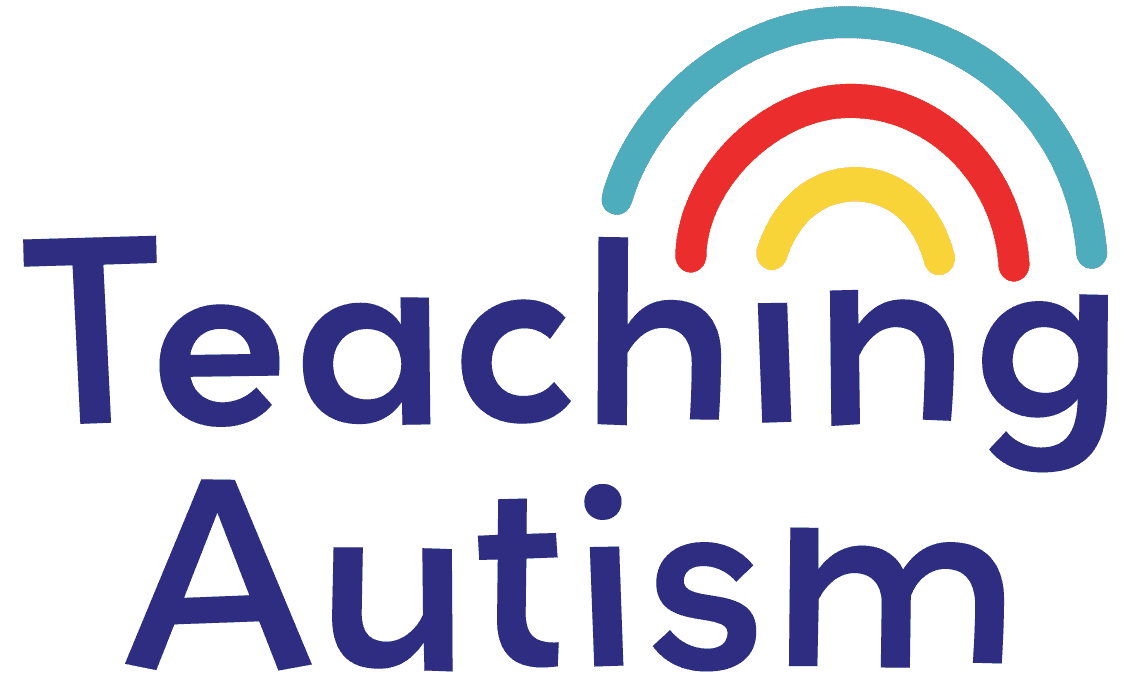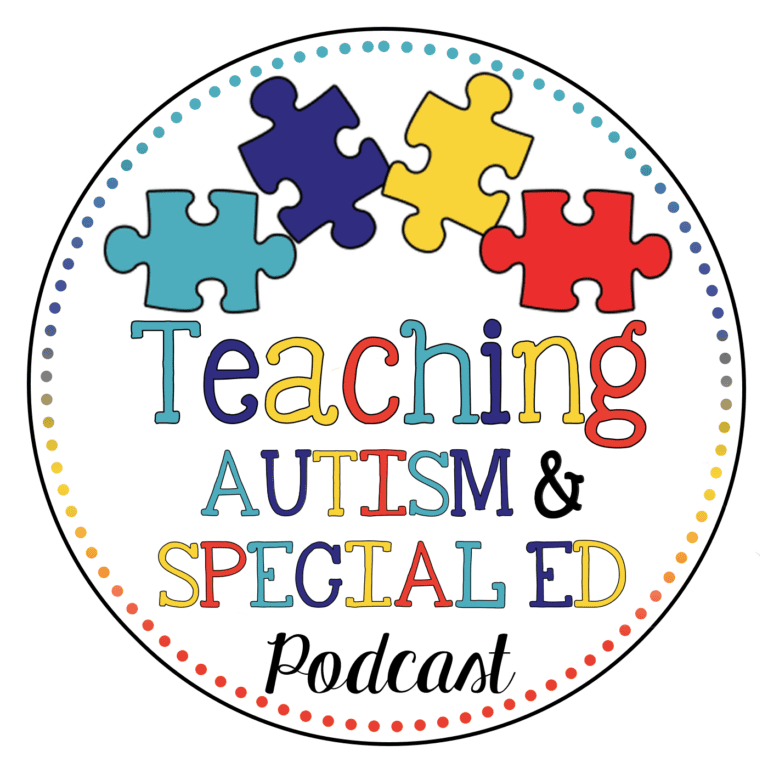What is an Autism Service Dog?
So, first of all – what exactly is an ‘Autism Service Dog’?
They are a service dog that are trained to help and assist an individual with autism. They will help the individual become more independent. But also to give them to the help and support they may need to perform everyday tasks.
The dogs may have training like service dogs for sensory processing disorders. I was so surprised to find out the first ‘Autism Service Dog’ was in 1997. The National Service Dogs trained the dog, and gave them to a child, with autism, in 1997.
One of the downsides with these service dogs is the price. They are very expensive. And this is a struggle for many families why can not afford a service dog. There are also usually long waiting lists for an Autism Service Dog.
So, what are some of the ways that the dog can help the individual with Autism? Every individual with Autism is different. Which means the service dogs are trained for the individual that they will be with. This is so that they are more suited and can help them with their areas of needs.
This can be by;
- Deep pressure such as stepping on feet and putting their paws on the individual’s lap etc.
- Issues with balancing – the dog will help to provide a more stable balance for the individual
- They will help the individual to find their car or route home. This is especially great should the individual become confused or disorientated.
- They can guide the individual in and around obstacles that they may have problems seeing.
- They will alert the individual to important sounds.
- Warn of a possible upcoming epileptic seizure. And then help protect the individual from injury. For example, if a child was to fall backwards and hit their head. The dog may be trained to put themselves underneath for the child to fall on them. This is so that the fall will be safer rather than on a hard surface. Thus, helping to prevent injury.
- Help to prevent self-harmers from injuring themselves. The dog may put themselves between the individual and how they are trying to harm themselves. As well as trying to nudge and interact with the child to help calm them down and make them feel safe. They may also try to distract the individual.
- The dog can track the scent of a child who is prone to wandering. They can also be tethered to a child. So, if the child wanders off the dog can help steer them to safety and hold them back from running out onto roads. This also gives the individual some more independence. Their parents will be able to give them more free rein. Because they know that they are in safe hands with the dog walking along side them.
As you can see, there are SO many skills that they can train these service dogs with. And they will be beneficial to so many individuals with Autism – and their families too! They are highly recommended by families and professionals that I have been speaking to. Many have been sharing their positive experiences that the service dogs have provided.
If you enjoyed this blog post, you may like my horse therapy write up. Where I talk about the benefits of horse therapy for individuals with autism.








